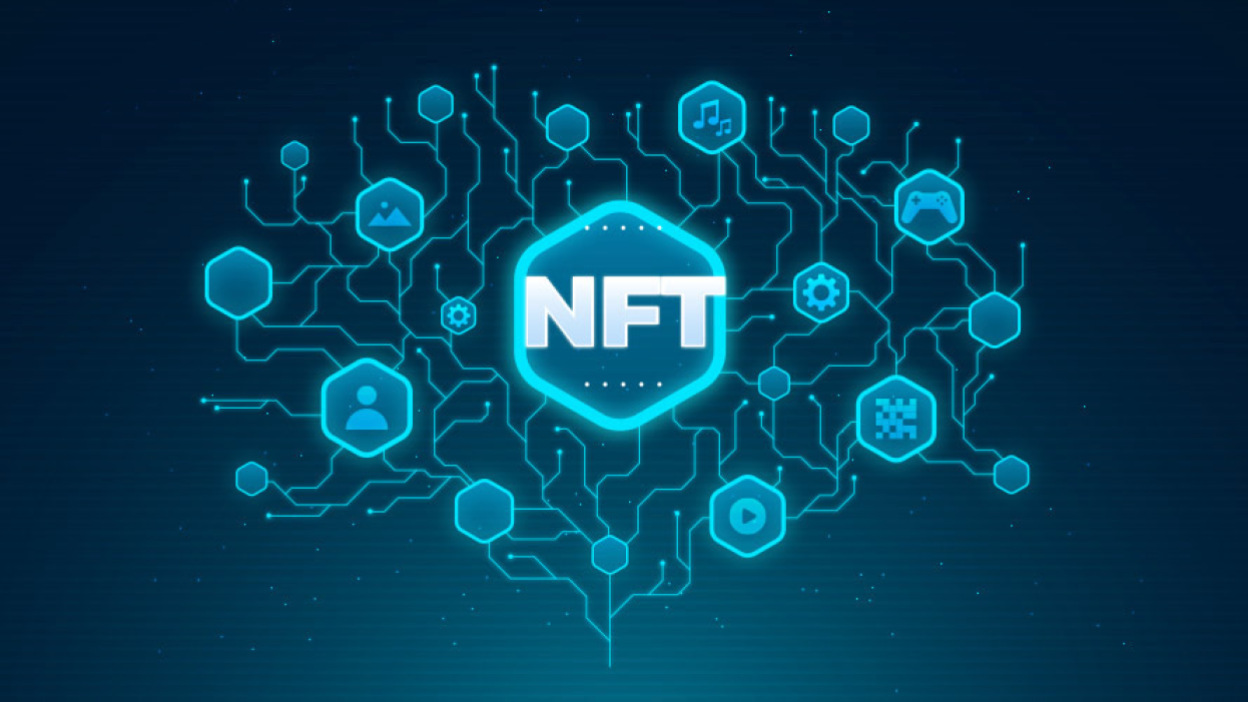A non-fungible token (NFT) is a unique digital asset that is stored on a blockchain. NFTs can represent digital art, music, videos, and other forms of creative work. They can also be used to represent real-world assets, such as property or collectibles.
NFTs are unique because they cannot be replaced or exchanged with another NFT of equal value. Each NFT has its own unique identifier and metadata, which makes it impossible to counterfeit or duplicate.
NFTs are created and stored on a blockchain, which is a distributed ledger that records transactions. This makes NFTs very secure and transparent, as all transactions are public and can be verified.
NFTs are becoming increasingly popular, as they offer a new way to own and collect digital assets. They are also being used to create new forms of digital art and collectibles.
How do NFTs work?
NFTs are created using a process called minting. Minting is the process of creating a new NFT and adding it to the blockchain. To mint an NFT, you will need to create a digital asset, such as a piece of art, music, or video. You will also need to pay a gas fee, which is a fee that is used to process the transaction on the blockchain.
Once you have minted an NFT, you can then sell it or trade it on an NFT marketplace. NFT marketplaces are websites where people can buy and sell NFTs.
What are the benefits of NFTs?
There are a number of benefits to using NFTs. Some of the benefits include:
- Security: NFTs are stored on a blockchain, which is a secure and transparent ledger. This makes NFTs very secure and difficult to counterfeit.
- Transparency: All transactions on the blockchain are public and can be verified. This makes NFTs very transparent, as you can see who owns an NFT and when it was last traded.
- Uniqueness: NFTs are unique, which means that they cannot be replaced or exchanged with another NFT of equal value. This makes NFTs a valuable asset, as they can be used to represent unique digital art and collectibles.
- Scalability: NFTs can be scaled to represent a wide variety of digital assets. This means that NFTs can be used to represent anything from digital art to real-world assets, such as property or collectibles.
What are the risks of NFTs?
There are a few risks associated with using NFTs. Some of the risks include:
- Volatility: The price of NFTs can be volatile, which means that it can fluctuate wildly. This means that you could lose money if you invest in NFTs.
- Fraud: There is a risk of fraud in the NFT market. There have been cases of people being scammed out of money when buying or selling NFTs.
- Regulation: The NFT market is still in its early stages, and it is not yet clear how it will be regulated. This could pose a risk to investors, as it is not yet clear what protections will be in place.
Overall, NFTs are a new and innovative technology with a lot of potential. However, there are also risks associated with NFTs, and it is important to do your research before investing.

